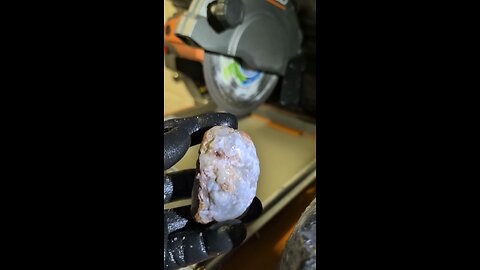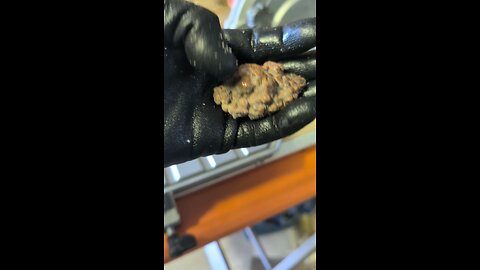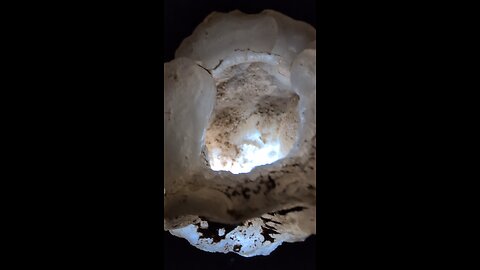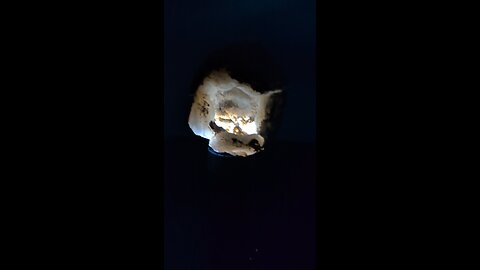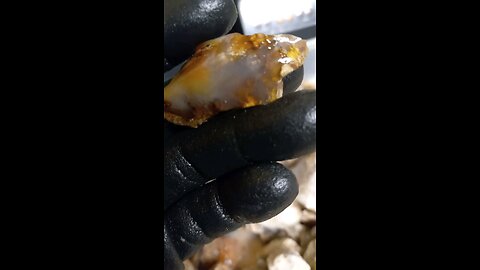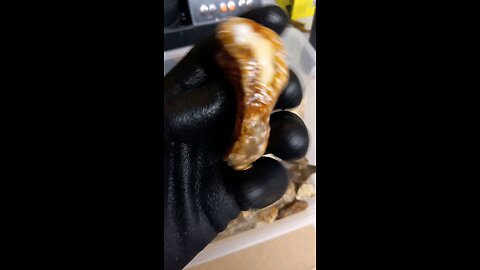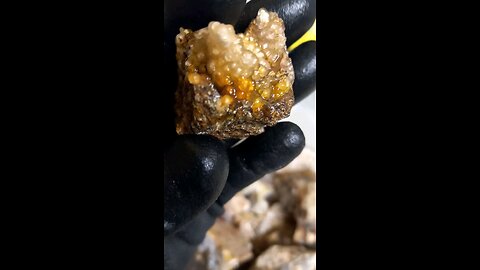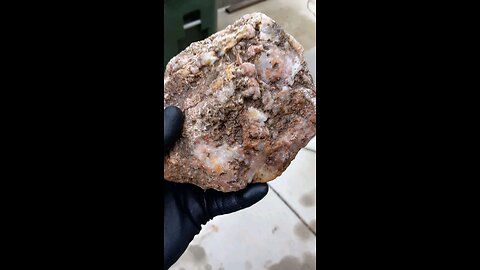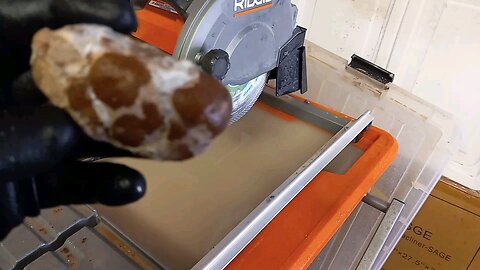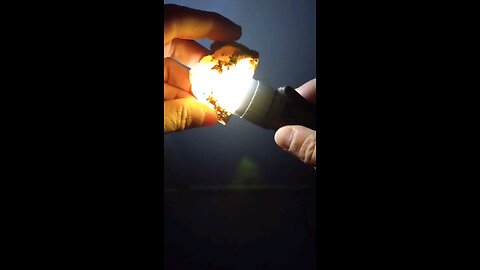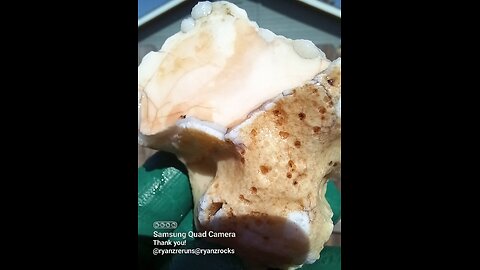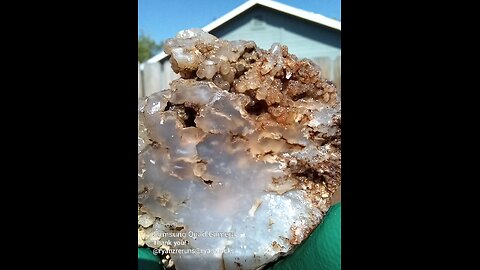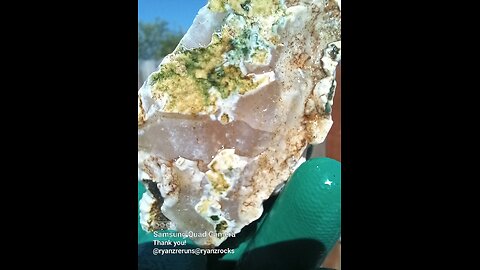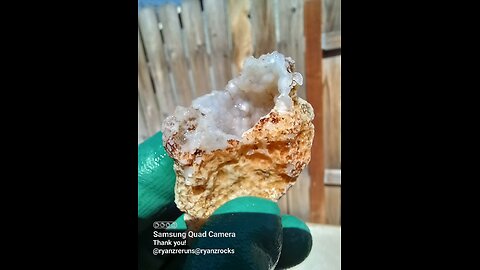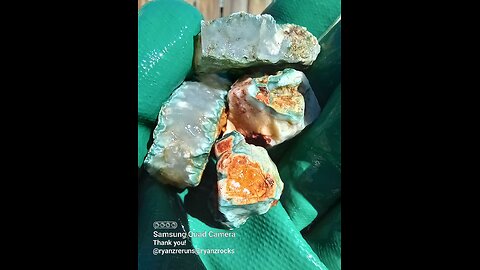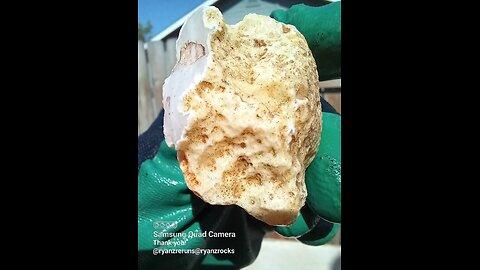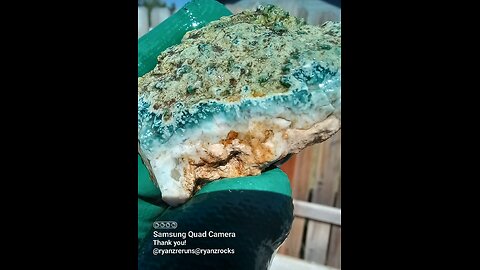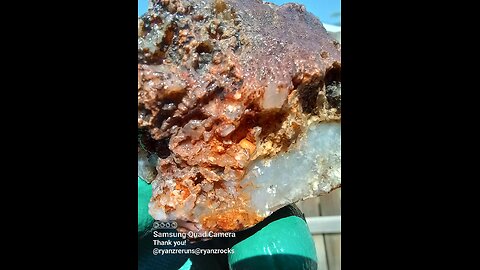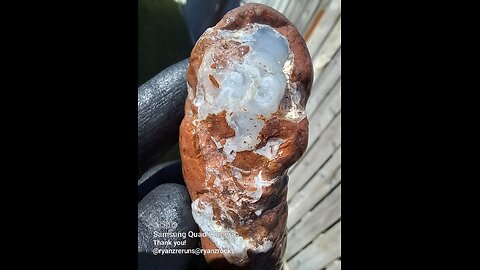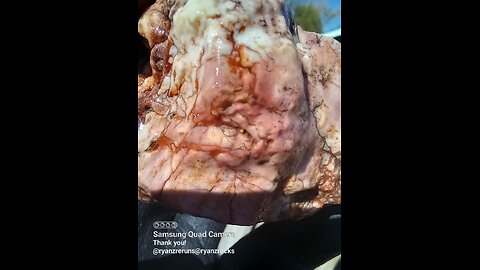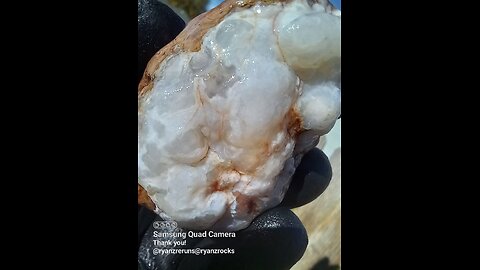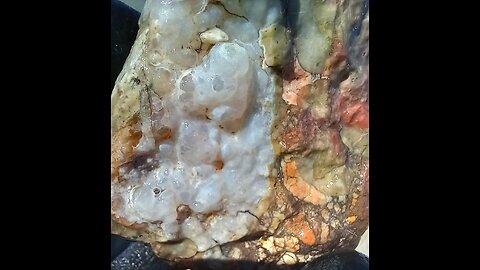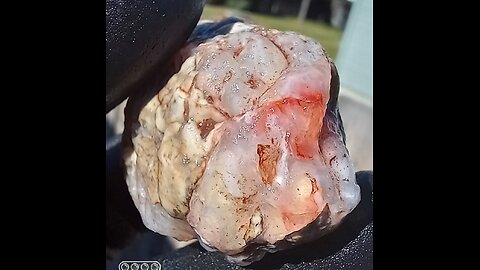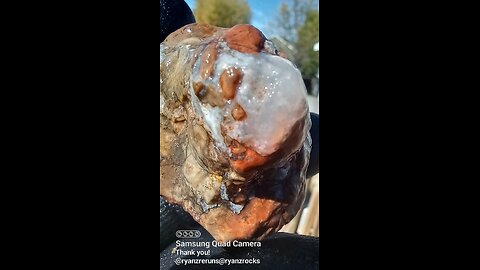Premium Only Content

Robbed! Grabbed the wrong half!
Thunderegg Cut w/Opal!
Thundereggs?
Thundercup glow!
Thunderegg glow!
Beautiful dark opal!
It's curved!
Botryoidal formations!
Jasper, Chalcedony, Opal & ???
Chalcedony or Opal!?
Clear/White Banding!
Thunderegg twins!
Beautiful Opal Glow!
Pretty green!
Chalcedony or Opal?
Lil' bit of opal!
Opal!
Opal or Chalcedony?
Chalcedony & Jasper!
Part of a Thunderegg!?
Pinks & Reds!
Half a Thunderegg w/Opal!
Botryoital Opal w/ A Little of Everything!
Beautiful! Wait for it!!!
Thunderegg Cluster!
Beautiful dark opal!
Opal is a hydrated amorphous form of silica, with a water content typically between 3 and 21% by weight, most commonly around 6-10%. It's deposited at relatively low temperatures and can be found in the fissures of various rock types, including limonite, sandstone, rhyolite, marl, and basalt. Here's a deeper look into opal:
Types of Opal:
Precious Opal: Known for its "play-of-color," which is an optical phenomenon where colors flash or change as the angle of light or observation changes. This effect is due to the diffraction of light through the microscopic silica spheres within the opal.
Common Opal: Lacks the play-of-color and can come in a variety of colors like white, black, grey, yellow, orange, red, or brown. It's often referred to as "potch" when not gem-quality.
Fire Opal: Typically ranges in color from yellow to orange to red and can be transparent to translucent. Fire opals can exhibit play-of-color, but their name comes from the fiery body color.
Boulder Opal: A type of opal naturally attached to its host rock. It's often cut with the host rock to provide stability and to enhance the visual appeal.
Matrix Opal: The opal fills the cracks and cavities within the host rock, creating a network of opal that's visible on the surface.
Formation:
Primary Opal: Forms through the slow deposition of silica from groundwater in cavities or fractures of rocks.
Secondary Opal: Can form by weathering or alteration of other minerals, often in more superficial environments or through the action of silica-rich waters.
Locations:
Australia: The world's leading source, especially for precious opal, with significant deposits in places like Coober Pedy, Lightning Ridge, and White Cliffs.
Ethiopia: Known for its black opals and more recently discovered opal fields.
Mexico: Famous for fire opals.
Brazil: Produces a variety of opals, including crystal opal.
Properties:
Hardness: Typically ranges between 5.5 to 6.5 on the Mohs scale, though it can be softer if less hydrated or harder if more silica-rich.
Luster: Can range from waxy to resinous to vitreous.
Transparency: Varies from opaque to semi-translucent to transparent.
-
 2:02:48
2:02:48
LFA TV
1 day agoTARIFF TRADE WAR! | LIVE FROM AMERICA 2.3.25 11am
52.9K26 -
 LIVE
LIVE
The Dana Show with Dana Loesch
2 hours agoTRUMP IMPOSES TARIFFS ON IMPORTS FROM CANADA, CHINA & MEXICO | The Dana Show LIVE On Rumble!
844 watching -
 LIVE
LIVE
Major League Fishing
5 days agoLIVE! - Bass Pro Tour: Stage 1 - Day 4
156 watching -
 59:38
59:38
The Dan Bongino Show
6 hours agoTrump Is Setting The Old World Order Ablaze (Ep. 2414) - 02/03/2025
620K1.13K -
 1:02:10
1:02:10
The Rubin Report
3 hours agoJD Vance Makes Host Go Quiet with This Brutal Warning for These Major Countries
82.1K58 -
 2:00:51
2:00:51
Steven Crowder
5 hours agoWhy Trump & America Will Dominate the Global Trade War
407K232 -
 1:06:15
1:06:15
vivafrei
17 hours agoLive with "Bitcoin Jesus" Roger Ver - the Indictment, Law-Fare and the War on Crypto
93.4K18 -
 DVR
DVR
Bannons War Room
1 year agoWarRoom Live
111M -
 1:30:18
1:30:18
Caleb Hammer
3 hours agoProfessional Redditor Treats His Wife Like A Pet | Financial Audit
30.7K3 -
 36:07
36:07
Rethinking the Dollar
3 hours agoTit-for-Tat Trade Wars: Why Gold Is Still Winning (Trade Wars Hurt Your Money!)
19.6K1
